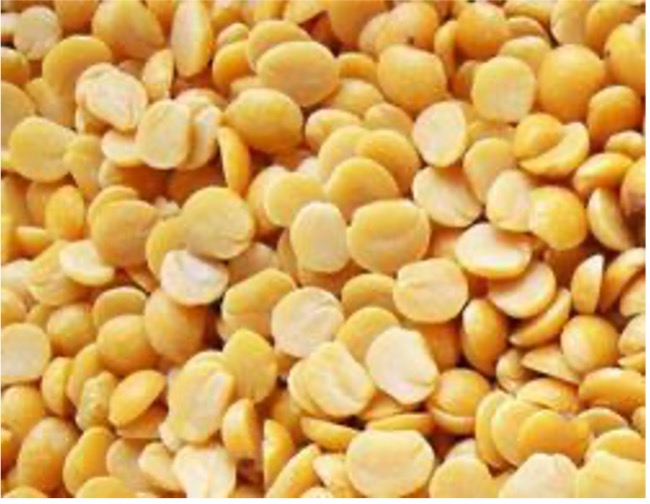Published on: November 8, 2022

Kalaburagi’s ‘Tur bowl’ tag
Kalaburagi’s ‘Tur bowl’ tag

Why in news?
Kalaburagi district’s tag as the tur bowl of Karnataka may turn shaky as farmers are switching over to other commercial crops.
Highlights:
- The red gram growing area is slowly being occupied by Bt cotton, soybean and other crops.
- The crop switch may affect tur dal, which has received a Geographical Indication (GI) tag for its superior quality.
- According to the agriculture department estimation, the area under tur dal cultivation has reduced to 4.70 lakh hectares against the average 6 lakh hectares a year in the last four years.
- Farmers in the tur dal growing areas of Jewargi, Afzalpur and Aland have moved towards soybean, black and green gram.
What is the importance of Kalaburagi tur ?
- Agricultural land in Kalaburagi district is rich in calcium and potassium. Therefore, it gives tur dal a unique taste and high nutritional value.
- Tur dal cultivation has steadily increased during the last decade and farmers have reaped benefits from it.
- the presence of limestone in Sedam, Chittapur, Chincholi and other areas of the district helps the tur grown here to receive the appropriate nutrition and hence the produce does not rot quickly and also has medicinal properties that can cure cancer.
What is the reason for switching the crop?
- Officials have attributed the switch to new crops to climate change and fluctuating market rates.
- excess rainfall and flooding in the district
- Farmers have shifted to either short-duration crops like soybean (three to four months), green gram (below five months) which increases the income of the farmer in short span
- Crops like sugarcane and cotton will fetch the more than tur dal , meanwhile Sugarcane has more MSP than tur
- With short-duration crops, farmers can cultivate a second crop like jowar in rabi season
What lies ahead ?
- farmers said scientists should focus on developing new varieties of tur dal that will give early and better yields, and withstand excess rainfall.
Pigeon pea/ Tur
- The pigeon pea is widely cultivated in tropical and semitropical regions commonly consumed in South Asia, Southeast Asia, Africa, Latin America and the Caribbean.
- They contain high levels of protein and the important amino acids methionine, lysine, and tryptophan
- They can be of a perennial variety, in which the crop can last three to five years or an annual variety more suitable for seed production.
- In Congo, Pigeon peas are utilized as one of the main food forest and soil improvement crops after using a slash-and-burn fire technique called maala.
- It is the first seed legume plant to have its complete genome sequenced. The sequencing was first accomplished by from the Indian Council of Agricultural Research.
- Being a legume capable of symbiosis with Rhizobia, the bacteria associated with the pigeon pea enrich soils through symbiotic nitrogen fixation.
Tur in India
- It is cultivated over marginal lands and under rainfed conditions in the dry areas of central and southern states of the country.
- Maharashtra alone contributes about one-third of the total production of tur.
- Other leading producer states are Uttar Pradesh, Karnataka, Gujarat and Madhya Pradesh.
Tur in Karnataka
- Kalaburagi as it is known now is often called the ‘red gram bowl’ of Karnataka. Coined as the ‘land of tur dal’, it accounts for the highest red gram production in Karnataka and roughly about a tenth of India’s total production
- The dry weather conditions, rich black soil and water from the rivers of Krishna and Bhima that flow through this district makes it ideal for the cultivation
- Major Tur arrival markets in Karnataka: Kalaburagi ,Bidar, Raichur, Yadgiri Talikote, Sedam, Shorapur, Bhalki.

